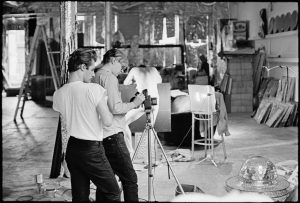Jack Latham’s latest book examines the secretive gathering of the San Francisco Bohemian Club and the characters on its fringes

“Could it be that when you have all the power and all the women and all the money and all the lands and all the art, you have to do something new? You have to go against the basic grain of humanity. You have to get off in a sick way. That’s what we witnessed in northern California, July 15th, 2000. Get ready to go inside the Bohemian Grove.” So ends Alex Jones’ introduction to his documentary Dark Secrets: Inside Bohemian Grove, an exposé into the secretive gathering of the San Francisco Bohemian Club, a group supposedly comprised of the world’s business and political elites. His shaky footage of the ‘Cremation of Care’ – a ceremony in which members adorned in robes burn effigies – in large part accelerated his notoriety and the success of InfoWars, the fake news and conspiracy site that regularly accuses survivors of school shootings as being actors, rails against vaccines and which has been investigated by the FBI for potentially disseminating fake stories put out by Russian bots during the 2016 US election. For many, it is the embodiment of contemporary, far-right online paranoia.
In Jack Latham’s latest book, Parliament of Owls, the photographer travelled to the redwood forests of Monte Rio to take a closer look at the Club and the characters on its fringes, investigating “the effects that a vacuum of information can cause.” Powerfully direct black and white images sit alongside selected transcripts from sources such as Fox News and InfoWars, as well as a short essay from sociology Professor Peter Phillips.
Following its recent International Photography Award win from the British Journal of Photography, we spoke to Latham about the lure of conspiracy, the public eye and photography’s relationship to truth.
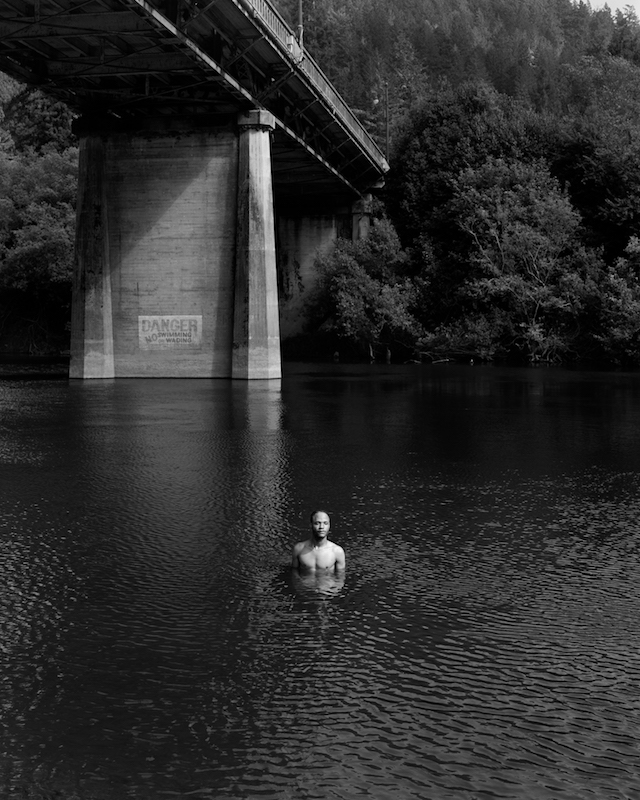
Who are some of the characters you met out there?
Mary Moore is a local activist who has been protesting the Grove and their secret activities since the 1980’s. She founded a group call the Bohemian Grove Action Network that called for the Club to be more open in terms of its events. Rightfully so, she argues that organisations like this – that attract the membership it does – should be open to public scrutiny.
Another was the Phantom Patriot – real name Richard McCaslin – who, after watching Alex Jones’s documentary broke into the Grove armed with a crossbow, shotgun and a homemade mortar device in an attempt to save the ‘children being sacrificed’. Something Jones suggested in his documentary. After a stand-off with police he surrendered and served 8 years in jail.
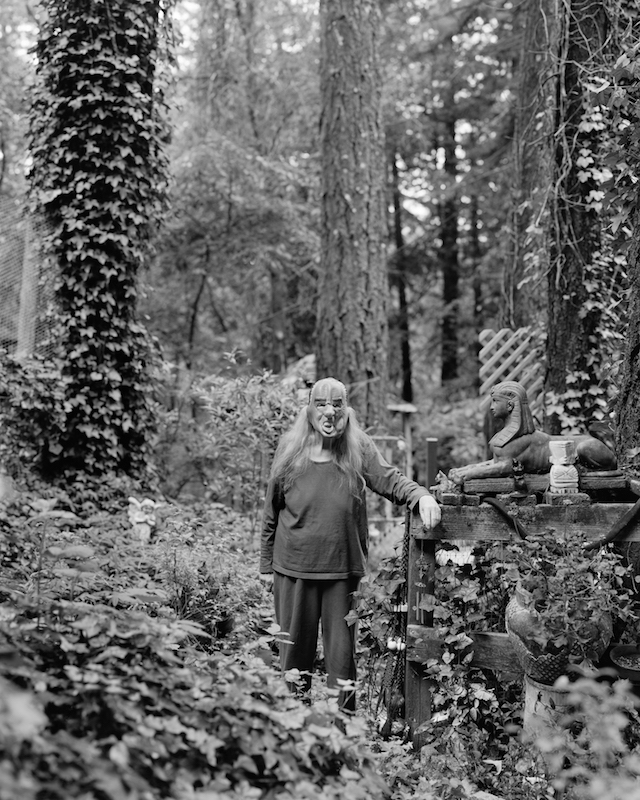
What are your feelings towards the Club? Are you any wiser about who and what they are?
The Bohemian Club isn’t some great mystery. I can totally understand that if you are the CEO of a FTSE 100 company there are few people in the world you could talk to about your woes and blow off steam with. I also understand the desire of being away from the public eye. The issue arises when conspiracy theorists project new meaning into the happenings of the Grove and the Club refuses to challenge them.
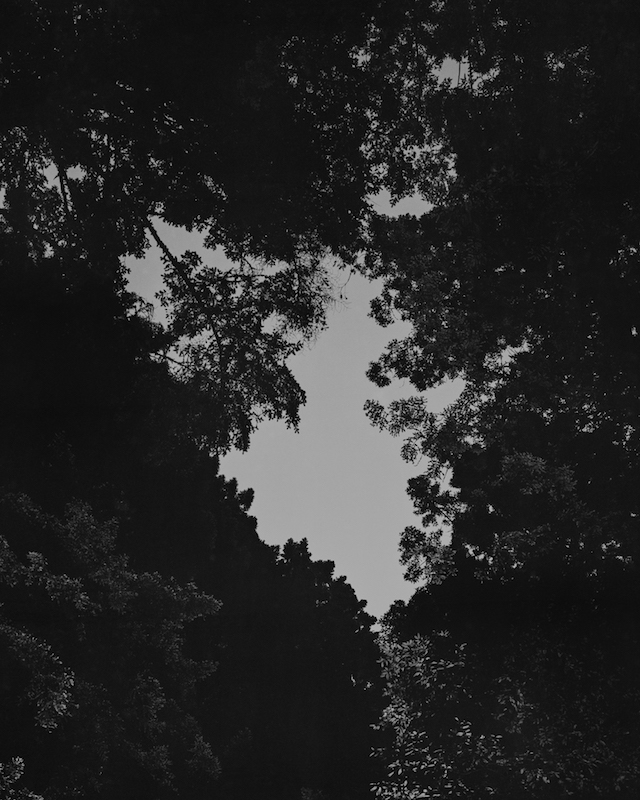
Why do you think Jones’ break in and film acted as a springboard?
There is no doubt that his documentary introduced him to a much bigger audience for the first time. After that his career continued to snowball. Jon Ronson, who broke in with Jones back in 2000, says that if Bohemian Grove was his Revolver, 9/11 was his Sgt Peppers.
Where does the title come from?
The Bohemian Club adopted an owl as its mascot. So much so that they erected a giant statue of one in the centre of their Northern Californian retreat in Sonoma county, (Bohemian Grove). They refer to it as the ‘Owl of Bohemia’ and it plays host through the infamous ‘Cremation of Care’ ceremony which happens at the start of their summer retreat in July. The title itself is the collective noun for owls, though was chosen largely because of the word ‘parliament’ and the implications that suggests.
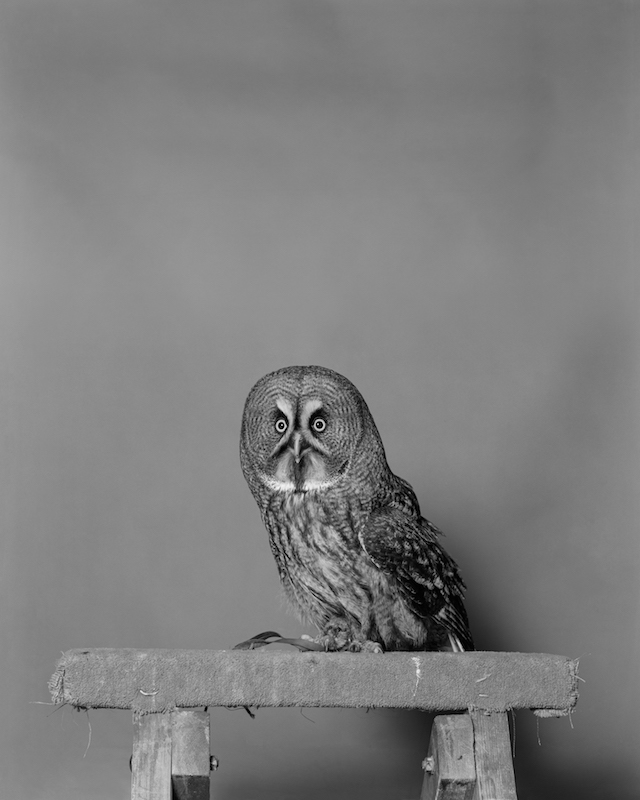
Why did you shoot exclusively in black and white?
I had already done a project on conspiracy theories previously that was in colour. Largely, I wanted to try a different way of working and started using flash for the first time as well. Shooting black and white also meant I could use water sourced from around the Grove to develop the photographs themselves.
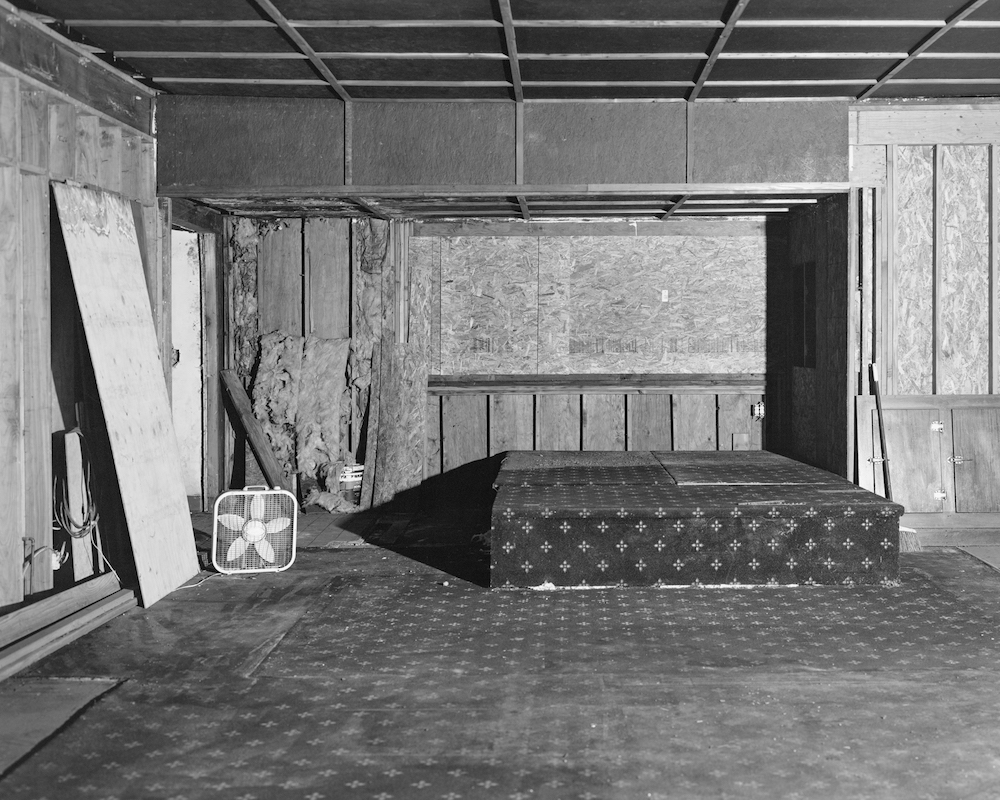
What does the essay from Professor Peter Phillips explore?
Peter’s essay is very much an objective view of the Grove for what it is by somebody that has been as a guest. The beginning of the book features Mary Moore and her protest cabins and the latter half of the book features the story of Phantom Patriot and Jones. These two groups have completely different political ideologies but a common foe. So, when talking through the ideas with Peter we wanted a text that represents the absolute centre to balance both halves.
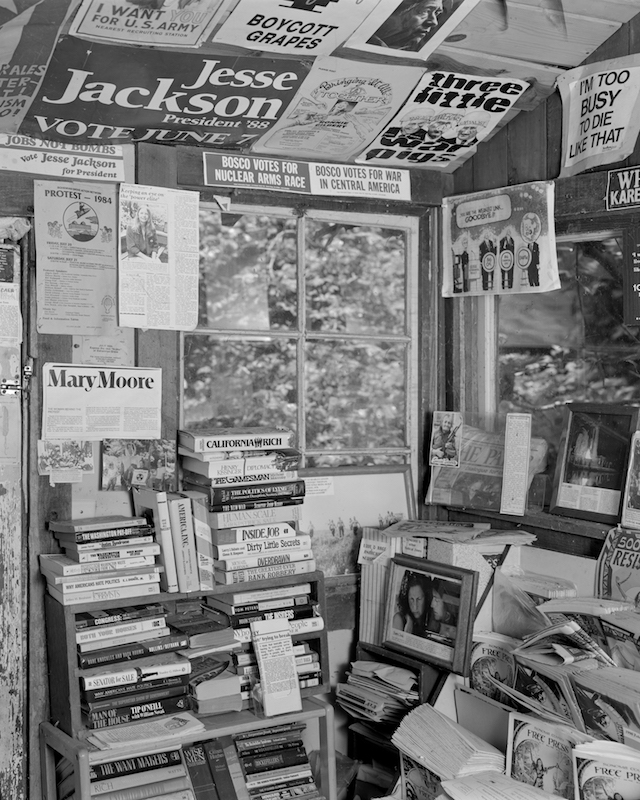
The internet initially promised a democratisation of information but instead has led to a “vacuum”, or splintering of competing information and conspiracies. How can photography as a medium counter ‘fake news’?
I don’t think it can. Fake news is just a mutated form of propaganda and isn’t new. We as the pubic are just as implicit in disseminating it now. I think the reason I’m so drawn to conspiracy theories as a subject is because the act of creating a theory is very similar to how photographers create work. Removing things from contexts and creating new narratives and pretending they represent the truth.
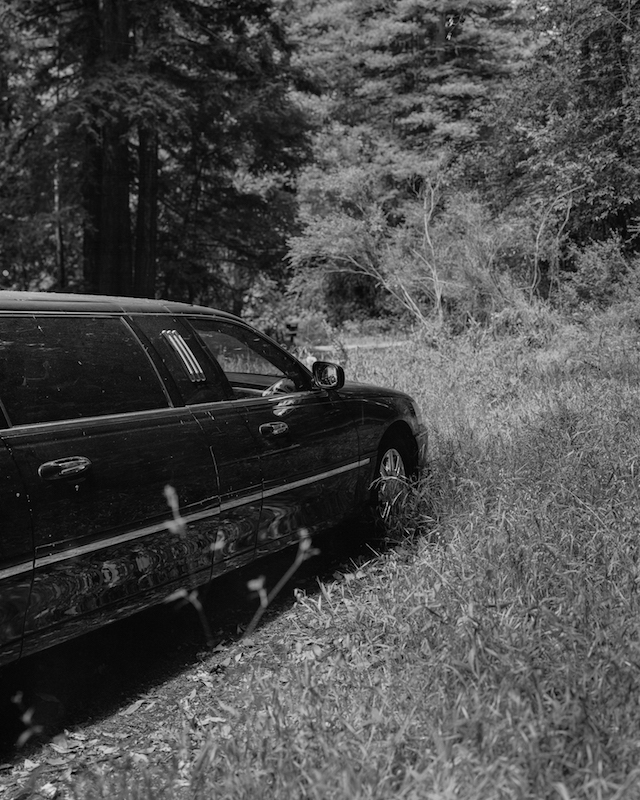
What is photography’s relationship to truth?
Its relationship is similar to that of a writer to a pen. It’s interpreted through the reality of the storyteller
Parliament of Owls is published by Here Press, with an exhibition of the work being presented at TJ Boulting until the 17th August, 2019




